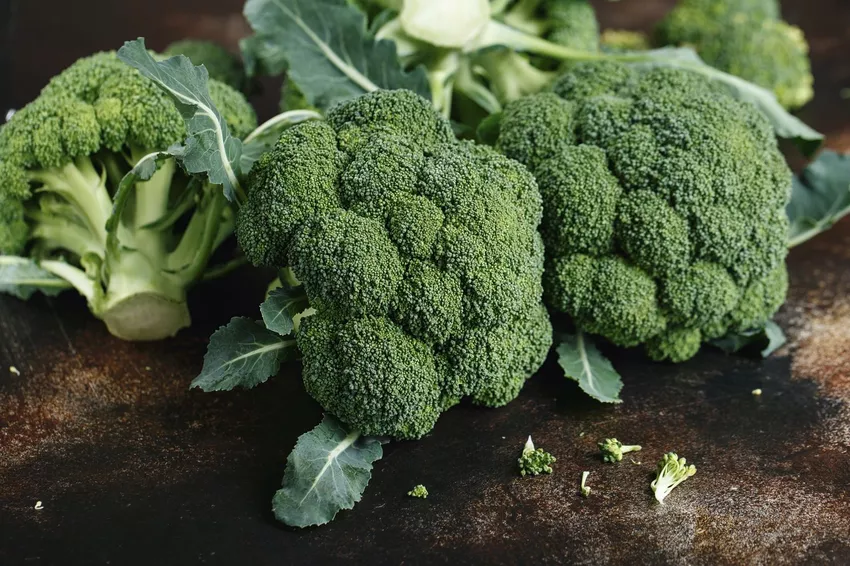Few types of vegetables are as diverse as cabbage. But the different types and varieties of cabbage are the result of centuries of breeding.
In this day and age, many of us lack a connection to food. In the vegetable department of the supermarket, people like to reach for kohlrabi, cauliflower or other types of cabbage. However, hardly anyone knows that these types of cabbage have not existed for as long as anyone can remember. All forms of cabbage that we value so much today have their origins in wild cabbage, which is also called primeval cabbage. This can still be found in its original form in some Mediterranean countries and on the English Atlantic coast. This wild species continued to develop over many centuries. Partly through natural crossing, but mostly through intentional crossing by humans.
Flavours are known to be different, which is why breeding work has focused on different parts of the plant. This is the only way that we actually eat a thickened form of the stem of kohlrabi and only the leaves of kale. Other goals of these breeding efforts were to increase yields and improve quality in terms of taste, ingredients and shelf life.
The following overview shows which parts of the primeval cabbage were deliberately bred.
Broccoli

Broccoli is closely related to cauliflower. Here the flower buds and the stalk were cultivated and selected over the centuries. Similar to the cauliflower, this type of cabbage flowers in the first year. Other representatives of cabbage do not flower until the second year.

You can find a detailed look at this type of cabbage here: Portrait of broccoli.
Kohlrabi
You can tell from the name and the taste that kohlrabi has something to do with cabbage. In appearance, however, this species differs significantly. In this cultivated form, the stalk of the primeval cabbage was deliberately thickened. This thickens to such an extent that kohlrabi weighing several kilograms can develop.

You can find a detailed look at this type of cabbage here: Kohlrabi in portrait.

Palm Cabbage / Black Cabbage
For the type of cabbage known in English as kale, the goal of breeding was the leaves. These are particularly delicate in taste. Although these are slightly reminiscent of kale, the taste is milder and more varied. Palm cabbage is grown primarily in the US and Italy.

You can find a detailed look at this type of cabbage here: Portrait of palm cabbage.

Cauliflower
It was a long way to today's cauliflower. Here, the flower clusters were specifically selected from the primeval cabbage. Today, cauliflower is one of the most popular vegetables in Germany. Because cauliflower is considered to be particularly wholesome and easy to digest.

You can find a detailed look at this type of cabbage here: a portrait of the cauliflower.
Head cabbage (white, red cabbage and savoy)
With these very closely related cabbage species, the breeding focus was on the terminal bud. While this only accounts for a few grams in primary cabbage, a head of white cabbage can also weigh over 10 kilograms.

You can find a detailed look at these types of cabbage here: Portraits of white cabbage, red cabbage and savoy cabbage.